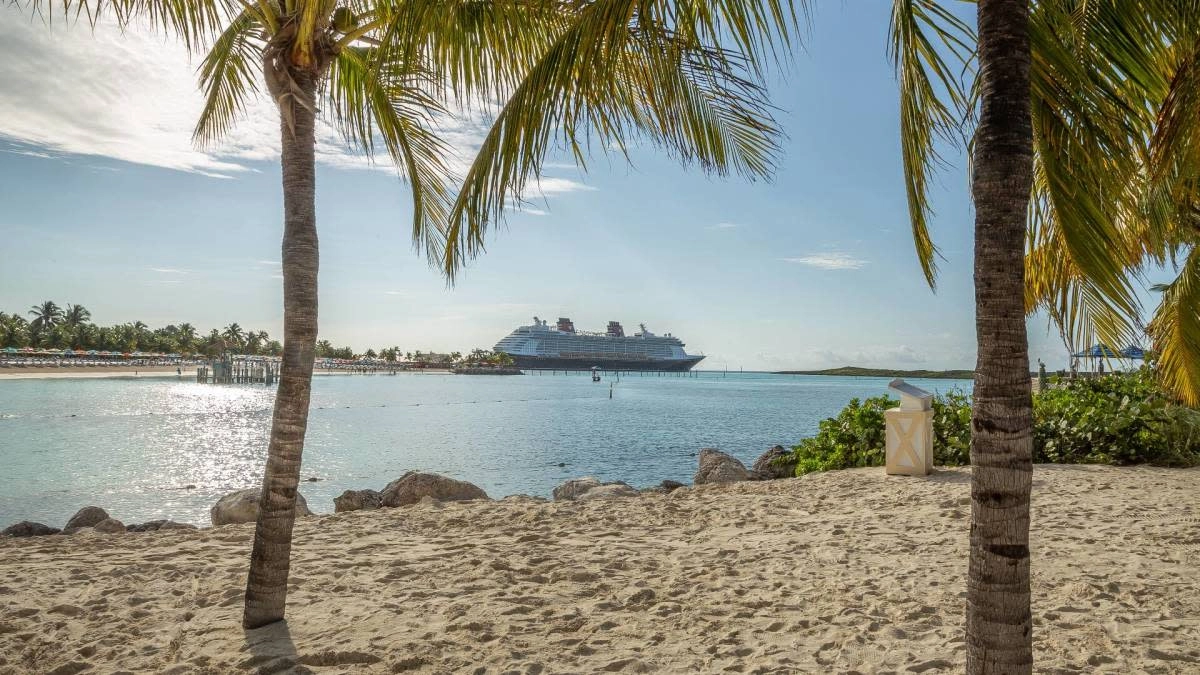
Insights from a Cruise Ship Officer: Understanding the Risks of a Sinking Ship
Today’s cruise ships prioritize safety to an extraordinary extent.
Crew members engage in regular drills to prepare for a wide array of scenarios, ensuring they know the proper protocols if emergencies arise.
However, despite these precautions, unexpected incidents can occur. Issues like onboard fires, plumbing malfunctions, and severe weather conditions can lead to challenging situations.
Related: Royal Caribbean passenger shares ‘beat the drink package’ advice
Similar to airplane accidents, maritime disasters involving cruise ships are uncommon, yet they receive significant attention from the media when they do happen. This extensive coverage has left some potential cruisers anxious about the possibility of experiencing a sinking similar to that of the Titanic, no matter how far-fetched that notion may appear.
A user known as Cinema_bear98 expressed their concerns in a widely discussed post on Reddit.
“I’m going on a solo cruise in January. It will be my first time cruising, and while I’m thrilled, I also feel anxious. The thought of the ship sinking keeps replaying in my mind,” they shared.
“The cruise line hosted an open house yesterday, featuring a tour of the ship I will be on, and I embarrassed myself by asking how likely it was to hit something and go down. I even mentioned the Italian vessel that sank back in 2012.”
The individual inquired, aware that the apprehension was not entirely logical, yet still posed the question:
“What are the odds of another Titanic occurring?”
The anxieties surrounding the possibility of a cruise ship sinking are understandable, much like the fear of flying, despite evidence showing that driving to the airport entails a significantly greater risk than boarding a plane.
A user known as Going2Narnia, who claims to be a cruise ship officer, shared a detailed reply:
The probability is low, but it’s never completely absent. You can be confident that both the deck and engineering officers are skilled in their roles. Their primary focus is to ensure the safe passage of the ship. This might occasionally lead to skipping ports due to unfavorable weather or technical challenges, but safety remains the top priority for everyone onboard.
The engine room is staffed around the clock, ensuring that if any alarms or issues arise, a trained engineer is always ready to address them. Similarly, the bridge is continuously monitored day and night by a junior and a senior officer, whose main responsibility is to navigate the vessel safely from one port to the next. They prepare for voyages in advance and are well-acquainted with the routes. In cases where the ship might be traveling to unfamiliar destinations, the senior navigation officer will thoroughly research and plan the route, often plotting it on the electronic chart to maintain the correct course.
When discussing the Concordia incident, it’s important to note that it occurred over a decade ago, and regulations have significantly evolved since then. Carnival Corporation has also modified its approach by establishing a training center—reportedly located in the Netherlands—dedicated to enhancing officers’ awareness and vigilance. Other companies, such as Royal Caribbean, have their own training facilities as well. An occurrence similar to the Concordia disaster is unlikely to take place again, as such behaviors are no longer tolerated.
What does this mean for you when you embark in January?
It means you can unwind.
However…
As a ship’s officer, my recommendation is to take the safety drill seriously; pay attention to it and ensure you understand it. Familiarize yourself with your emergency escape route and know how to reach your muster station. Remember the signal – seven short blasts followed by one long blast from the ship’s horn, and you should be heading to your muster station without delay. While the probability of an emergency affecting the ship’s integrity is quite low, it is never completely absent.
The Costa Concordia was a cruise ship that tragically sank in 2012. While it was a significant disaster, it did not parallel the infamous Titanic for the Carnival-owned cruise line.
ALSO READ: Top travel agents share how to get the best price on your cruise
“I don’t wish to downplay the terrible impact on the families of those who perished aboard the Costa Concordia, but in terms of numbers, 32 lives were lost, which is less than 1% of the passengers on board,” noted a comment from MakingItGreen.
“Even the worst cruise ship disaster in many years had a survival rate of 99%. If I were on a ship I thought might capsize, I would make my way to the top deck and remain there until the emergency passed. The ship sustained serious damage from the initial collision and yet it took almost half an hour to completely overturn.”
Are you planning a cruise or contemplating the idea of one? Explore our Come Cruise With Me website to find answers to all your inquiries.
Set sail on a voyage of discovery with CruiseShip.net – your ultimate destination for all things cruising! Explore the latest news, insightful reviews, and thrilling cruising adventures from around the globe. Whether you’re a seasoned cruiser or a first-time traveler, CruiseShip.net is your go-to source for expert advice, insider tips, and inspiring stories to fuel your wanderlust. Embark on a journey like no other with CruiseShip.net – where every wave brings new excitement and endless possibilities on the high seas.



Leave a Reply